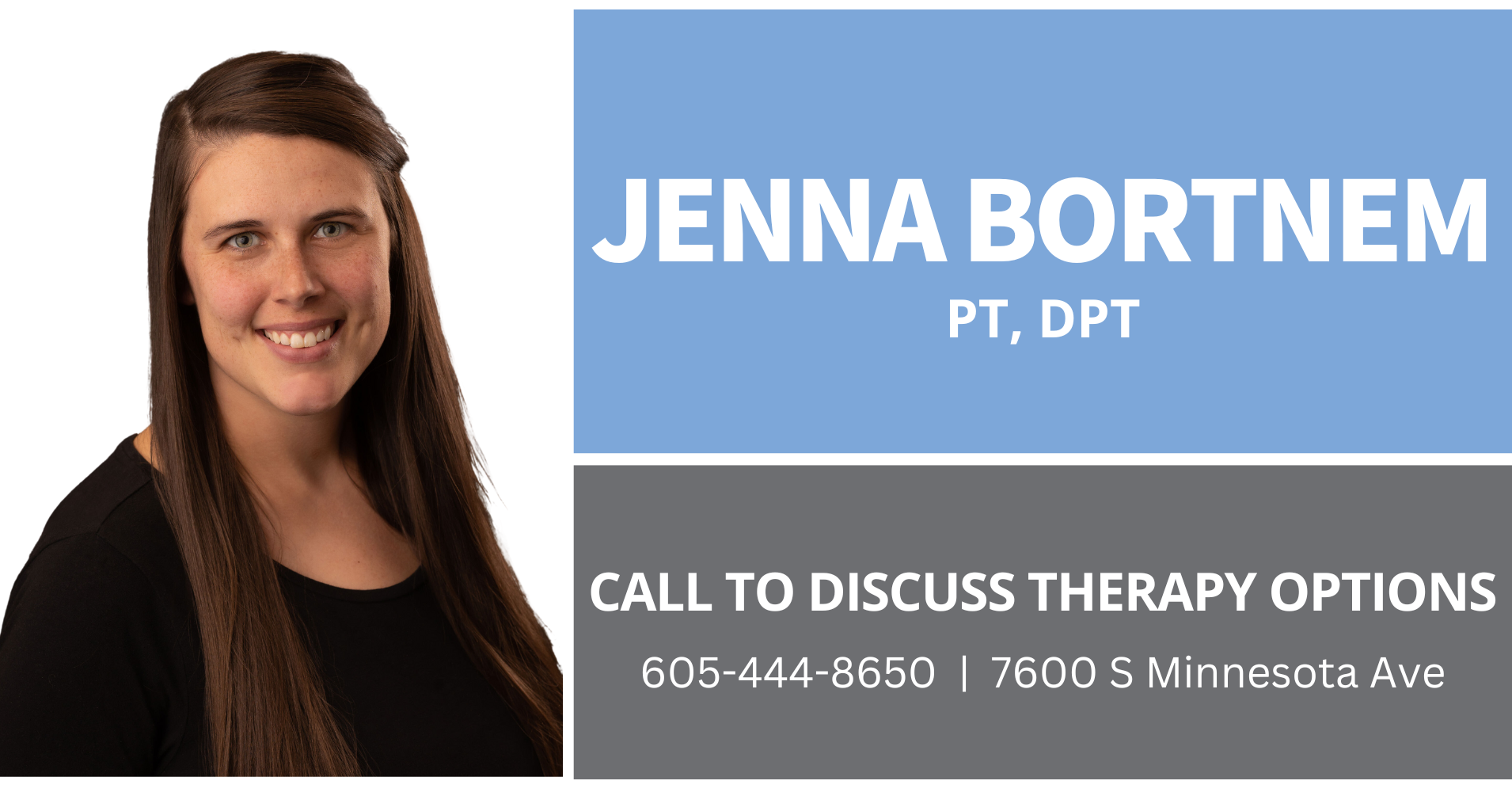Dry Needling vs. Acupuncture
Posted on May 08, 2023
Category: Demo Physical Injury Urgent Care General
At first glance, dry needling and acupuncture may look very similar. Both treatments use solid filiform needles, much thinner than needles used in syringes. Both techniques insert needles into strategic parts of the body in an effort to reduce pain and accelerate the recovery process.
Dry needling is a deeper muscle treatment focusing on trigger points while frequently using electrical stimulation. This technique uses fewer needles, and the needles are typically left in for a shorter period of time. Dry needling is usually part of a larger Physical Therapy plan.
Acupuncture focuses on natural energy fields by placing needles along the body’s meridian lines. Sometimes this treatment is used for the relief of systemic conditions.
Functional Dry Needling
At Sioux Falls Urgent Care, Jenna Bortnem PT, DPT, specializes in level 1 Functional Dry Needling, also known as Trigger Point Dry Needling. Dry needling is a skilled intervention that uses a thin needle to stimulate underlying trigger points and muscle tissue to help manage pain and impairments of movement. It is a technique combined with other physical therapy interventions to treat muscle dysfunction and reduce pain input, improving patient function.
Benefits of Dry Needling
Dry needling has many benefits, including reduced pain and increased range of motion. Dry needling can also increase blood flow and accelerate the healing process when combined with other physical therapy interventions.
You could consider dry needling if you are experiencing any of the following:
- Headaches
- Back pain
- Hip pain
- Knee pain
- Tendonitis
- Bursitis
- Muscle strain
- Sports injuries
Process of Dry Needling
The treatment of dry needling can vary from patient to patient. The quantity and size of the needles are determined based on the treatment area.
As the needle is inserted into the skin, many patients describe this feeling as a small poke followed by a dull ache. The needle is inserted into the treated area until it reaches an appropriate depth determined by the Physical Therapist. Once the needle has been placed, a stimulation device can be connected to the needle to stimulate underlying muscle tissue. Just like the quantity and size of needles being used, treatment time for each patient can also vary. Typically treatment can take anywhere from 5-15 minutes.
After treatment, you might experience muscular tenderness or an ache in the muscle(s) that were targeted. We encourage you to drink plenty of fluids after the treatment to help with your recovery.
-4.png)

